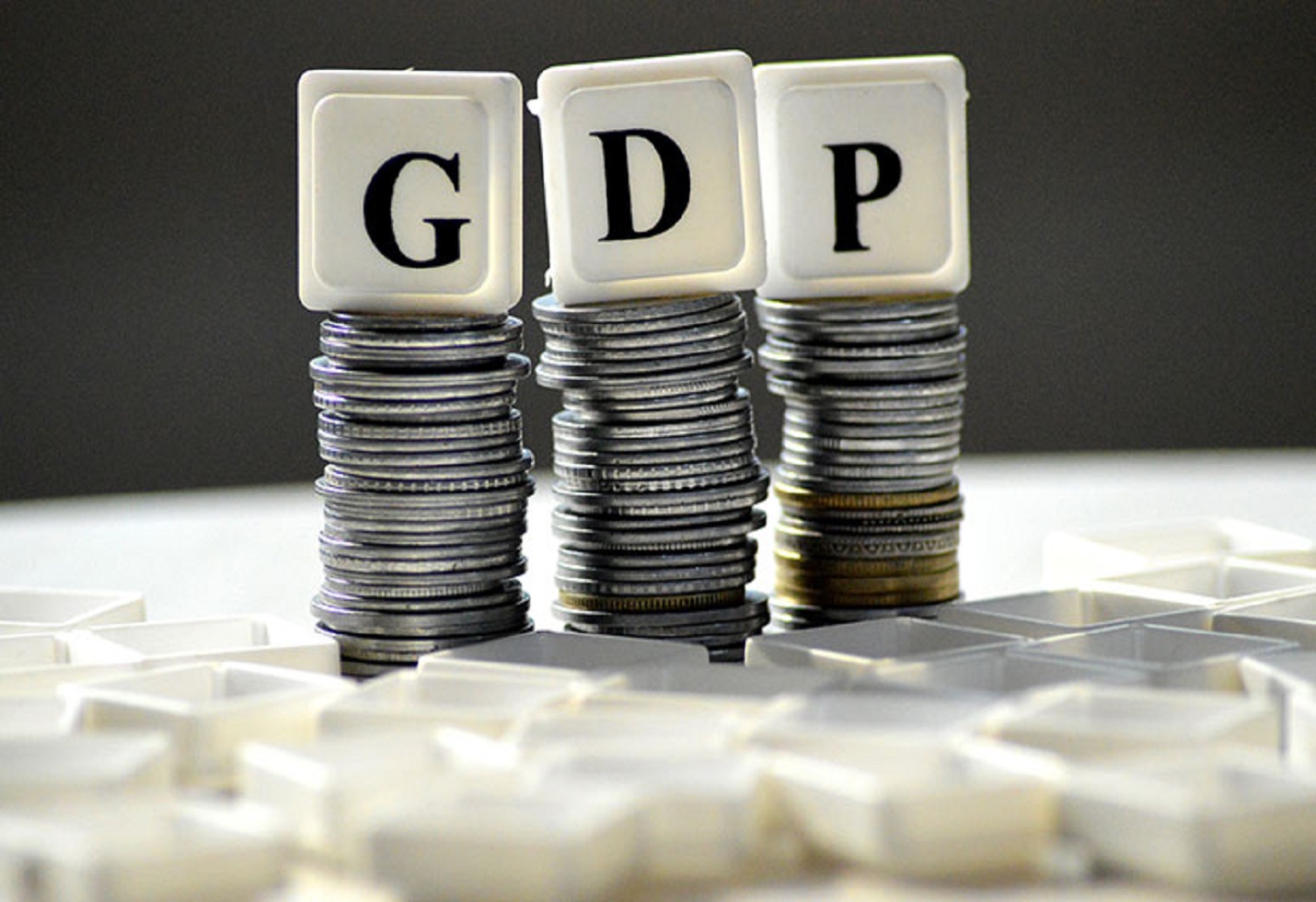Stable performance of Pidilite in third quarter of FY25
Pidilite Industries performance in the third quarter of the financial year 2025 was remarkable. The company’s current market price is about Rs. 2,910. Its market cap is Rs. 1.48 lakh crore. The rating of the company is equal weight indicating that performance of the stock will be in line with the average performance of its peers.
The company’s sales volume growth for the third quarter of the financial year 2025 was about 10 percent on a year-on-year basis. Its standalone growth in terms of value also rose to about 9 percent. This remarkable growth acts as a turning point from the previous low growth in both sales and value of the company for some quarters.
About the company
Pidilite is a leading manufacturer in the production of adhesives. Its product Fevicol has become a common household name for different adhesives across India. It is also a major manufacturer of construction chemicals, sealants, polymer emulsions.
Performance of the margins
The gross profits margins of the company increased by 100 bps on a year-on-year basis. The reason for this is contraction in production cost. In contrast to this, the operating margins of the company remain stable around 23.7 percent because of a hike in expenditure on advertisements and promotion (A&P).
The company focuses on financing its brand development, improvement and expansion of its manufacturing capacity and distribution network in order to increase production and customer base efficiently.
Performance of different segments
The Consumer and Bazaar is the biggest segment of the Pidilite. Its contribution to the revenue of the company is close to 80 percent. In the third quarter of the current financial year, the company recorded a moderate revenue growth of about 7 percent on a year-on-year basis. The reason for this is muted consumer demand.
On the contrary, a remarkable revenue growth of about 21 percent was recorded in the business to business segment. It was influenced by the positive project operations. As the prices of inputs become stable, the difference between the number of products sold and the amount of revenue earned narrows in the third quarter. The total growth in terms of volume for business to business segment was about 22 percent and consumer and business segment was about 7 percent.
Factors influencing performance
The demand in rural areas is persistently overshadowing the performance of urban demand during the last three years. The reason for this is putting efforts to educate craftsmen and customers about Pidilite and its products. One of the initiatives by Pidilite is known as ‘Pidilite ki Duniya.’
The company’s products such as floor coats, wood finishes, and tile adhesives are gaining momentum. It helps the company to strengthen its position in the market.
International performance
Its operations at global level recorded a slight growth in the third quarter of the financial year 2025. It is majorly because of rising inflation, growing political instability in some parts of the world and also rising uncertainty in the economy at global level. Despite the scenario of uncertainty, there are indications of revival in segments such as pigment and pigment emulsions. This segment has finally recorded robust demand growth compared to the muted growth for some years.
Domestic Performance
The subsidiaries of the company registered a revenue growth in double digit form. Its operating margins were also good. However, the company is facing the pressure of consumer demand. The reason for this is weak growth in real wage and rise in food inflation levels. Though, it is anticipated to relieve in the upcoming two quarters. Along with this, some construction projects are slowdown in some major metropolitan regions. The demand is low in some states of India such as Kerala and Gujarat. In the midst of these challenges, the company uses 3 to 5 percent of the revenue amount in the advertisement and promotion segment. Apart from this, Pidilite is also focusing on developing the supply chain for the future requirements.
Change in VAM price
Vinyl Acetate Monomer (VAM) is an important input material for production of adhesives. In the third quarter, the price of VAM was about 884 dollars per tonne in relation to 902 dollars per tonne in the previous year of the same period. As per the management of Pidilite, prices of VAM are anticipated to not change much in the fourth quarter of the financial year 2025. It has taken into consideration uncertainty in prices of crude oil and currency.
New Opportunities
In the second quarter of the financial year 2024, the company bought Pargo Investment at a worth of Rs. 10 crore. It marked the company’s entry into the credit business. It aims to give loans to small businesses working in its network. It has already got its regulatory approval and licence. The company has also issued its first credit in the initial period of the current financial year. The performance of this business will be observed in the upcoming few quarters. It plans to inject close to Rs. 100 crore for its credit business in the duration of upcoming 2 years. The goal of the company is to aid its dealers and contractors’ operations.
The company also marked its entry in the interior decorative paints segment by establishing Haisha Paints in the first quarter of the financial year 2024. The company is using its distribution networks in states such as Odisha, Andhra Pradesh, and Telangana to create its presence in the decorative paints market in small towns (with tier 3,4,5). Despite being a new operation, it is able to record remarkable profitability and volume growth in the past 12 months.
Projection
Pidilite has given an impressive performance in all its product categories, in spite of moderate customer sentiment. In present times, the company’s valuation is 65 times higher than its projected earnings for financial year 2026. High valuation and subdued consumer demand may restrain growth of stock in the upcoming medium term.
The image added is for representation purposes only










